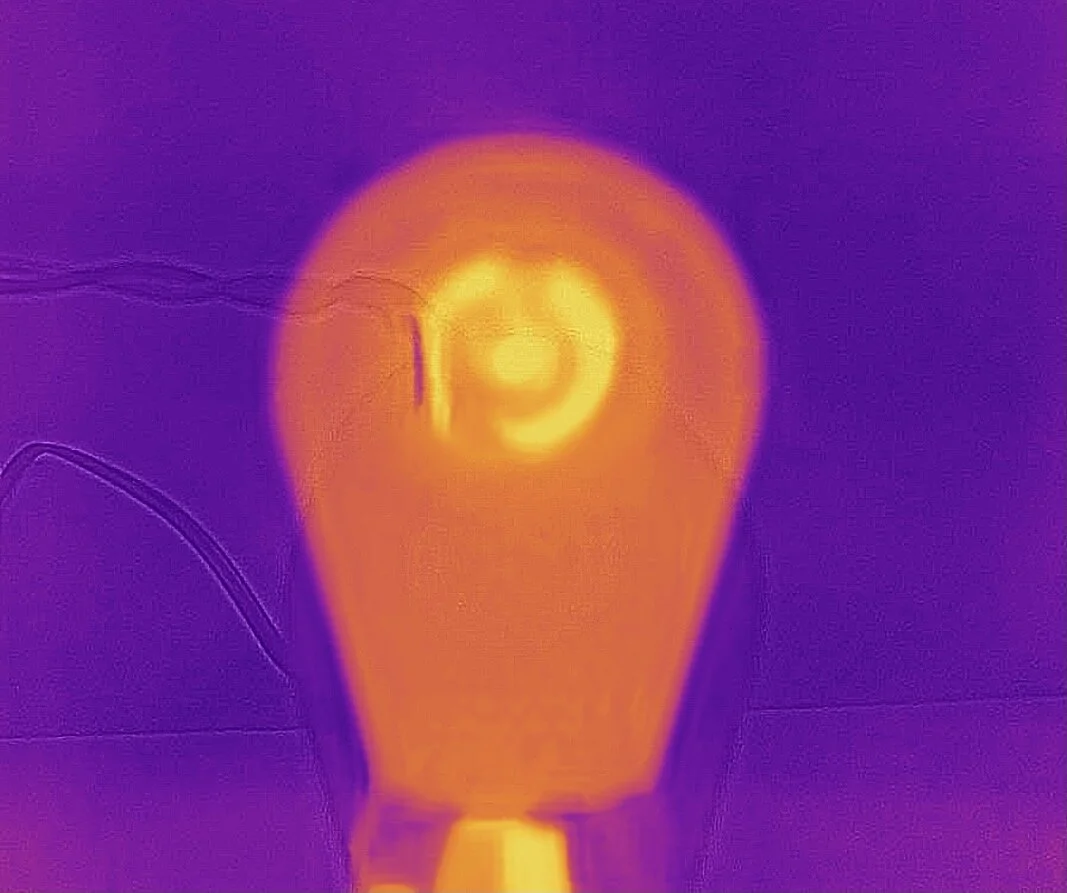We feel so much gratitude for the widespread attention and role we play with you in solutions for greenhouse gas mitigation, covid/airborne pathogen related CO2 monitoring, and the many other LED gas sensing opportunities for global impact.
This season, we are taking time to reflect upon the good things we have and especially our partnership with you. We appreciate working with you and hope that the holidays bring you health, happiness, and success.
Happy Holidays!
The THzDC Team
Do you have any year-end development needs?
Grab a few of our gas sensing LEDs – we offer both bare die and packaged options in many wavelengths with accompanying photodiodes for CO2 and Methane.
3.4 µm Methane and Hydrocarbons Solutions
3.6 µm Multiple VOC Solutions
4.25 µm Carbon Dioxide Solutions
7.6 µm Long Wave Solutions











